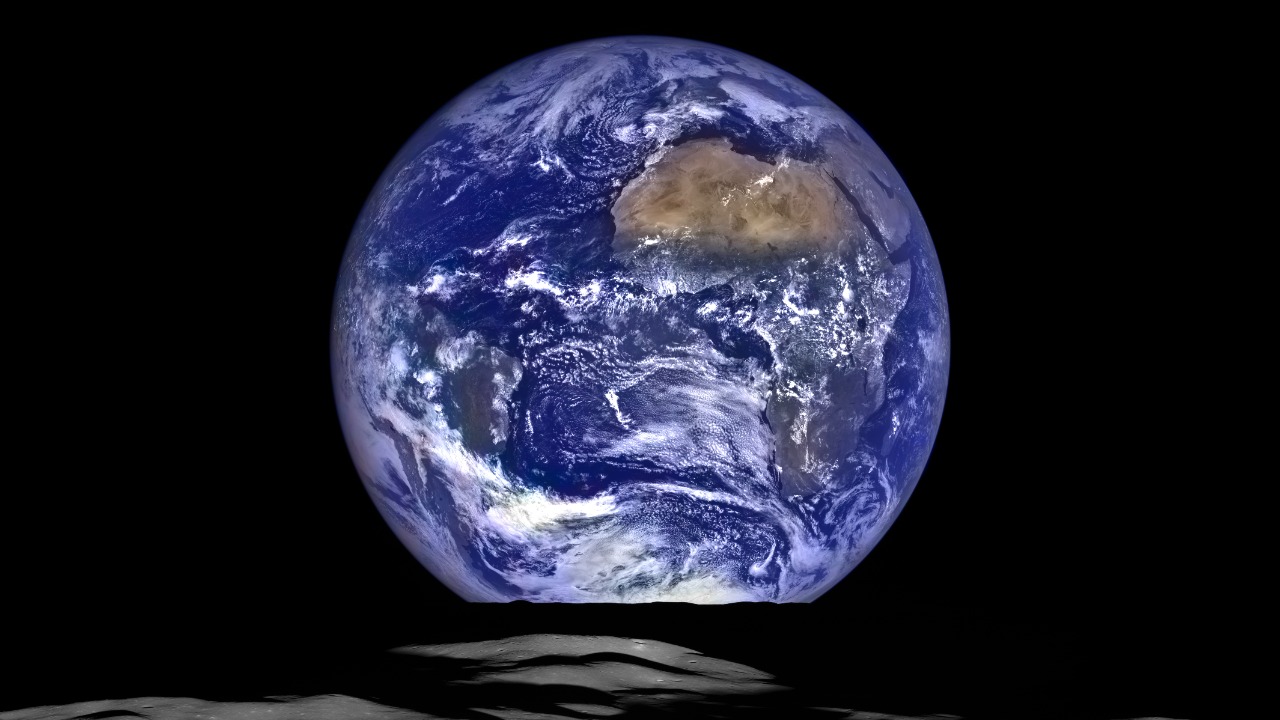
In late October 2025, astronomers revealed the discovery of a new quasi-moon that temporarily shares Earth’s orbit around the Sun, sparking widespread media excitement about a potential “second moon” for our planet. However, experts from NASA and astrophysicists clarify that this is not a true moon but a quasi-satellite that does not orbit Earth directly. This finding highlights that Earth already has at least six other quasi-moons, emphasizing the complex dynamics of near-Earth objects.
What Is a Quasi-Moon?
Quasi-moons are near-Earth asteroids that follow a similar orbital path around the Sun as Earth, creating the illusion of orbiting our planet from certain perspectives. Unlike true moons, which are satellites captured in stable orbits around a planet, quasi-moons are not gravitationally bound to Earth. This distinction is crucial in understanding why these objects are not considered true moons. Recent reports have detailed how these objects are identified through observations of their resonant orbits, which mimic Earth’s path around the Sun.
The key difference between quasi-moons and true moons lies in their orbital dynamics. While Earth’s primary Moon is a stable satellite, quasi-moons only appear to orbit Earth due to their synchronized solar orbit. This phenomenon is a fascinating aspect of celestial mechanics, illustrating the intricate gravitational interactions within our solar system. The identification of quasi-moons relies heavily on advanced observational techniques and computational models that track their unique orbital patterns.
The Recent Discovery Explained
The announcement of the newest quasi-moon, detected through telescope observations and confirmed by astronomers in October 2025, has captured the attention of both scientists and the public. This quasi-moon, though small in size, follows a trajectory that keeps it in a quasi-orbital configuration with Earth for centuries before it eventually drifts away. Astrophysicists explain that the detection process involves sophisticated computational modeling to verify its path and ensure its classification as a quasi-moon.
Understanding the temporary nature of this quasi-moon is essential. Unlike permanent moons, quasi-moons like this one are transient companions, remaining in Earth’s vicinity for extended periods but not indefinitely. This discovery underscores the dynamic nature of near-Earth space and the importance of continuous observation to track these objects. The use of advanced telescopes and modeling techniques allows astronomers to predict the behavior of such quasi-moons accurately.
Why It’s Not Earth’s Second Moon
Despite headlines suggesting a “second moon,” quasi-moons do not revolve around Earth but instead co-orbit the Sun. This distinction is crucial in understanding why the term “second moon” is misleading. NASA has emphasized that no new true satellite has been added to Earth’s system, preserving the singular status of our primary Moon. The visual similarity of quasi-moons to true moons can lead to public misconceptions, but astronomers provide clarity by explaining the differences between these celestial objects.
Public reactions often include confusion about the nature of quasi-moons, but expert insights help differentiate them from permanent lunar bodies. By highlighting the unique orbital characteristics of quasi-moons, scientists aim to educate the public on the complexities of celestial mechanics. This understanding is vital for appreciating the nuances of Earth’s relationship with these temporary companions and the broader dynamics of our solar system.
Earth’s Existing Quasi-Moons
Astrophysicists have identified at least six other quasi-moons currently associated with Earth, each following similar resonant paths. These objects, discovered over various periods, illustrate the prevalence of quasi-moons in near-Earth space. Examples include quasi-moons with distinct orbital periods, showcasing the diversity of these phenomena. The presence of multiple quasi-moons highlights the stability of Earth’s orbit and the intricate gravitational interactions that allow these objects to coexist with our planet.
The study of quasi-moons contributes significantly to our understanding of solar system stability. By examining the orbits of these objects, scientists gain insights into the gravitational forces at play and the potential for future discoveries. The existence of multiple quasi-moons also emphasizes the need for ongoing observation and research to monitor their behavior and assess any potential impact on Earth’s orbital dynamics.
Implications for Astronomy and Observation
The discovery of new quasi-moons aids in tracking near-Earth objects, which is crucial for assessing potential future threats or opportunities for scientific study. These findings offer opportunities for public viewing and amateur astronomy involvement, allowing enthusiasts to participate in monitoring these celestial phenomena. The excitement surrounding such discoveries underscores the importance of continued research into quasi-satellites across the solar system.
Broader expert commentary highlights the significance of these findings for the field of astronomy. The study of quasi-moons not only enhances our understanding of Earth’s immediate cosmic environment but also contributes to the broader knowledge of celestial mechanics. As research into quasi-satellites continues, scientists remain eager to uncover more about these intriguing objects and their role in the solar system’s dynamic landscape.
For more detailed information, you can read about the recent discovery of the quasi-moon here, explore the concept of quasi-moons here, and learn about Earth’s existing quasi-moons here. Additionally, you can find more insights on the implications for astronomy here and further explanations from astronomers here.
More from MorningOverview